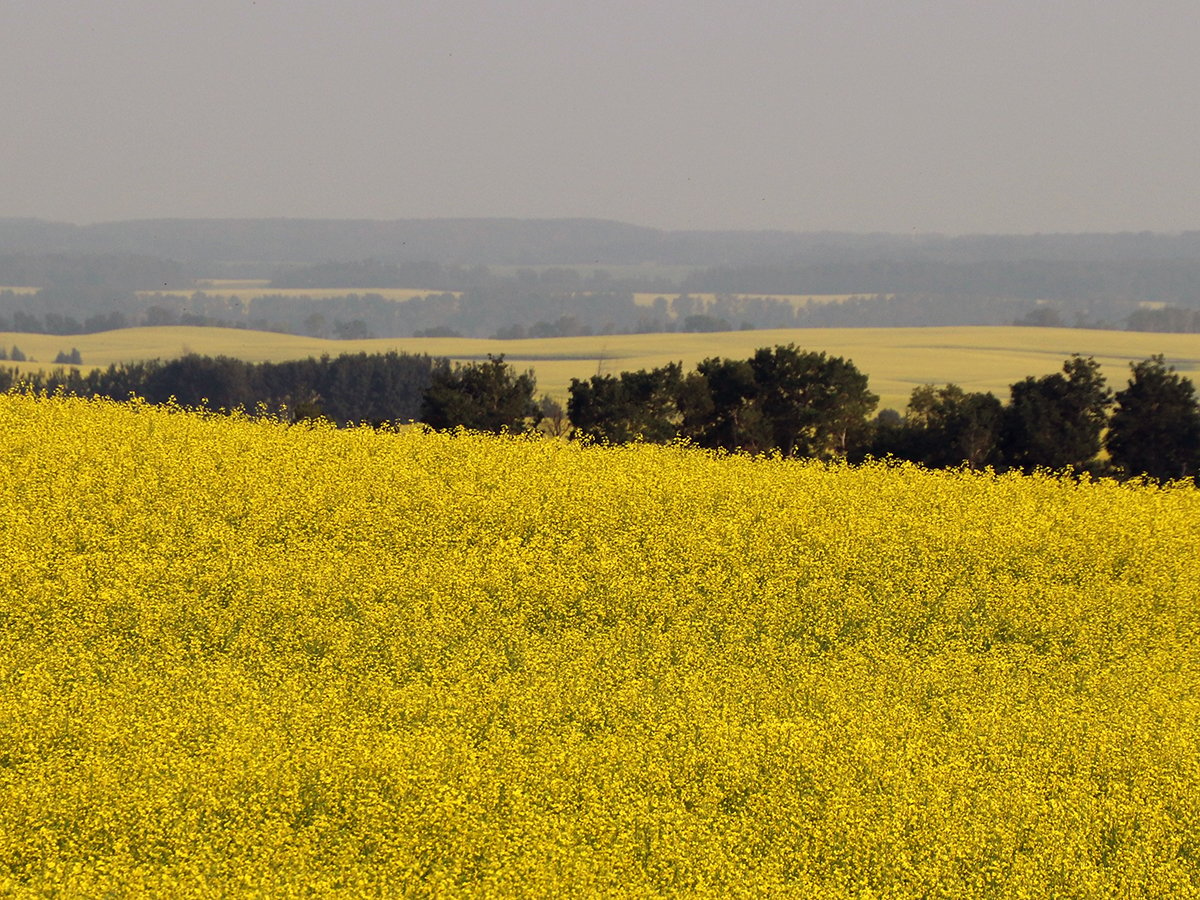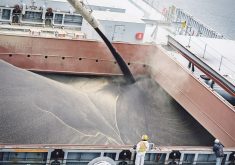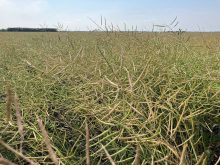Determining the size of a crop in Canada is like shooting at a target through a smokey haze.
Last year’s canola crop was 19.24 million tonnes, according to the latest revision included in Statistics Canada’s end of crop year stocks report released Sept. 9.
The agency revises all its supply and demand numbers when it does the stocks report.
Read Also

Europe holds promise for Canadian lentils
Pulse Canada is trying to help boost lentil consumption in Europe, which is already the fourth largest market.
Going back to the end of harvest last year, the agency’s Production of Principal Field Crops report issued in early December pegged the crop at 17.845 million tonnes.
That proved to be off by 1.39 million tonnes, or 7.8 per cent.
A few months ago it was clear by the rapid pace of exports and domestic use that the December report was wrong and so the production report was increased to 19.19 million tonnes, which was pretty close to what we now have as a final report of 19.24 million tonnes, although even that number could be revised at this time next year.
Indeed in this report there were minor revisions to the 2023-24 supply and demand that slightly increased the production and the year end stocks numbers.
When all was tallied for 2024-25, the total supply (production, beginning stocks and a tiny amount of imports) was almost 22.6 million tonnes, 9.2 per cent more than the estimate in January this year.
You might remember that in late winter and early spring there was speculation about the possibility of running out of canola before the end of the crop year. That helped drive canola futures higher at the time.
But obviously we didn’t run out.
Statistics Canada says the year end carry out was just shy of 1.6 million tonnes, which is considered pretty tight.
November canola futures dipped a little more than one per cent on the day of the stocks report, but I believe it had little market impact. The two per cent decline in soyoil was more important.
While there is much worry about China’s tariffs on canola seed and the affect that has on price, we are at the time of year when grain prices are often weaker and there is also trouble in related oilseeds.
We are in harvest and also soyoil has dipped recently. Soybean futures are pressured because China is not buying American beans due to the China-U.S. trade dispute.
From Aug. 1 to Sept. 9 when this column was written, November canola futures fell 9.2 per cent and soyoil fell 6.35 per cent.
The futures don’t tell the whole story. The cash basis has deteriorated by around $10 a tonne from where it was this summer. Basis is often weak as harvest rolls but buyers are also likely worried about export markets.
There’s been a bit of good news about the China situation. On Sept. 5, China delayed the final ruling on its anti-dumping probe on canola, giving six more months for negotiations to lower or eliminate the tariff.
On Sept. 6-9 Saskatchewan Premier Scott Moe and Kody Blois , current federal Parliamentary Secretary to the Prime Minister and former Agriculture Minister, were in China to discuss the restrictions on Canadian products, which also include canola oil and meal, pork, peas and seafood.
The meeting hopefully set the stage for getting Canada-China relations on a pragmatic footing, leading to detailed talks on how to come to a better arrangement about the Asian giant’s exports of electric vehicles.
Canada’s 100 per cent tariff on Chinese EVs was not a countervailing duty for documented subsidies or an anti-dumping duty to offset dumping margins.
It was protection for the Canadian auto sector, and the tens of billions that Ottawa invested in it, in the face of what Ottawa called China’s unfair trade practices. The tariff was levied in lockstep with President Joe Biden’s 100 per cent tariff on Chinese EVs. The Canadian and U.S. auto sectors are so entwined it’s difficult to treat them differently.
And it is true that Beijing’s hundreds of billions of subsidy dollars unfairly bought China its world-leading EV industry. And Beijing is not an innocent actor — it tries to influence our elections, it spies on Chinese living in Canada and it turns a blind eye to its role in the international drug trade
Donald Trump continued the tariff on EVs and added his own list of tariffs on Chinese goods.
Some argue it would be good to allow in some affordable Chinese EVs and to encourage Chinese investment and technology sharing in the Canadian auto sector. TD Economics has an interesting report on this idea.
But it would be tricky to do that without angering Trump and endangering Canada’s largest market for canola products — the U.S.
In understatement, Moe acknowledged this: “Herein lies the line we need to walk.”















